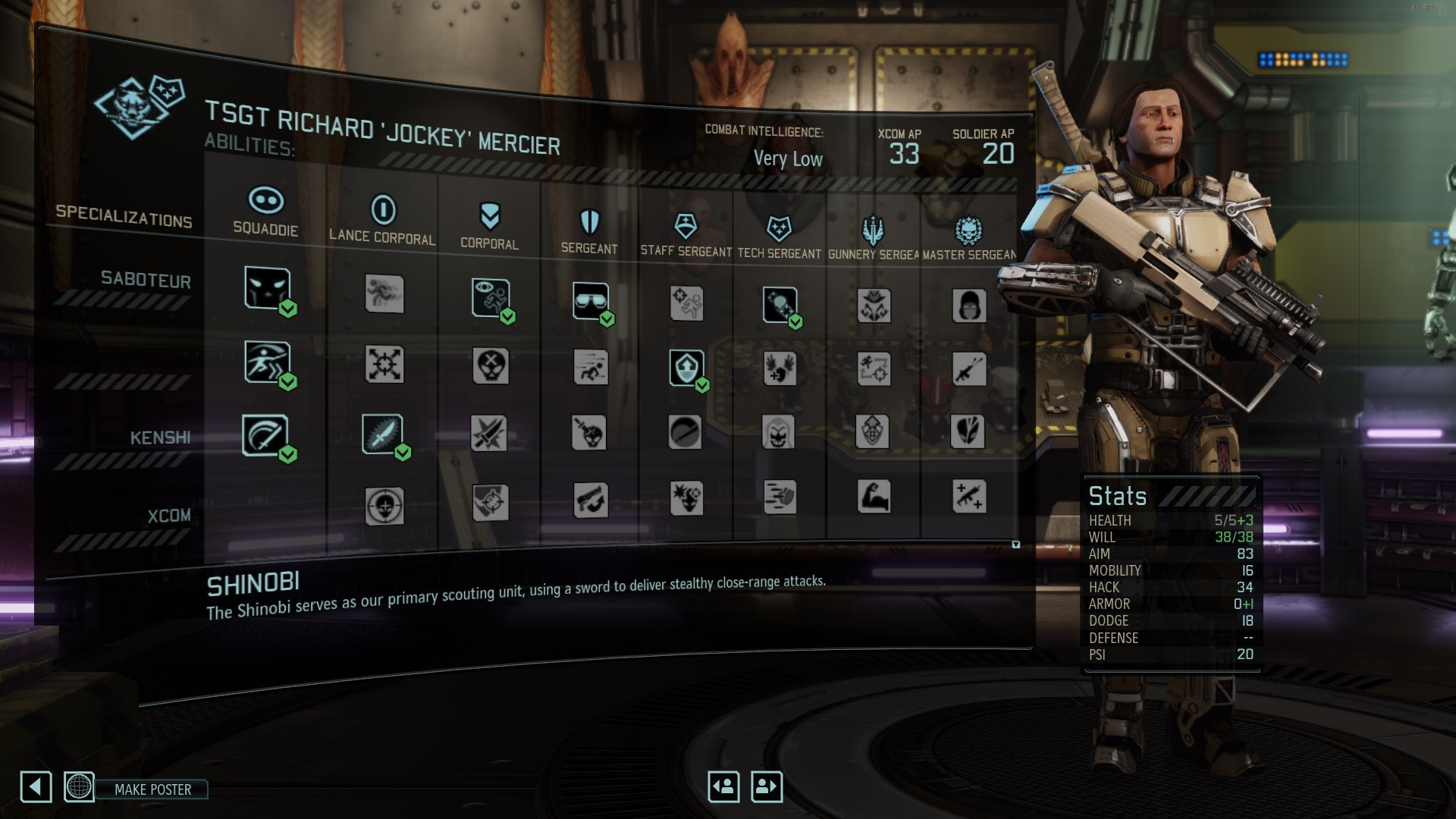


Although the Wallachians emerged victorious from the battle, Michael was forced to retreat with his troops and wait for aid from his allies, Prince Sigismund Báthory of Transylvania and Emperor Rudolf of Austria. The conflict continued with the Battle of Călugăreni, considered one of the most important battles between the Ottomans and Wallachians (Romanians). At one point his forces were only 24 kilometres (15 mi) from the Ottoman capital, Constantinople. Michael continued his attacks deep within the Ottoman Empire, taking the forts of Nicopolis, Ribnic, and Chilia and even reaching as far as Adrianople. On the eastern front of the war, Michael the Brave, prince of Wallachia, started a campaign against the Ottomans in the autumn of 1594, conquering several castles near the Lower Danube, including Giurgiu, Brăila, Hârşova, and Silistra, while his Moldavian allies defeated the Ottoman armies in Iaşi and other parts of Moldova. The Ottomans launched a siege of Eger (Turkish language: Eğri), conquering it in 1596. In 1595, the Christians captured Győr, Esztergom and Visegrád, strategic fortresses on the Danube, but they did not engage in the siege of the key fortress of Buda. The war was mainly fought in Royal Hungary (mostly present day western Hungary and southern Slovakia), Transdanubia, Royal Croatia and Slavonia, the Ottoman Empire (Rumelia – present day Bulgaria and Serbia), and Wallachia (in present-day southern Romania). The Ottoman's objective of the war was to seize Vienna, while the Habsburg Monarchy wanted to recapture the central territories of the Kingdom of Hungary controlled by the Ottoman Empire.Ĭontrol over the Danube-line and possession of the fortresses located there was crucial. Aron Vodă of Moldavia and Michael the Brave of Wallachia joined the alliance later that year. In 1595, an alliance of Christian European powers was organized by Pope Clement VIII to oppose the Ottoman Empire a treaty of alliance was signed in Prague by the Holy Roman Emperor, Rudolf II and Sigismund Báthory of Transylvania. The Long War started on Jwhen the Ottoman army under Sinan Pasha launched a campaign against the Habsburg Monarchy and captured Győr (Turkish language: Yanıkkale) and Komarom (Turkish language: Komaron).

In the spring of 1593, Ottoman forces from the Eyalet of Bosnia laid siege to the city of Sisak in Croatia, starting the Battle of Sisak which eventually ended in a victory for the Christian forces on June 22, 1593.

In 1592, the fort of Bihać in what was central Croatia at the time fell to the Ottomans. Skirmishes along the border intensified from 1591. Ferrara, Tuscany, Mantua and the Papal State were also involved to a lesser extent. The major participants of this war were the Habsburg Monarchy, the Principality of Transylvania, Wallachia and Moldavia opposing the Ottoman Empire.


 0 kommentar(er)
0 kommentar(er)
